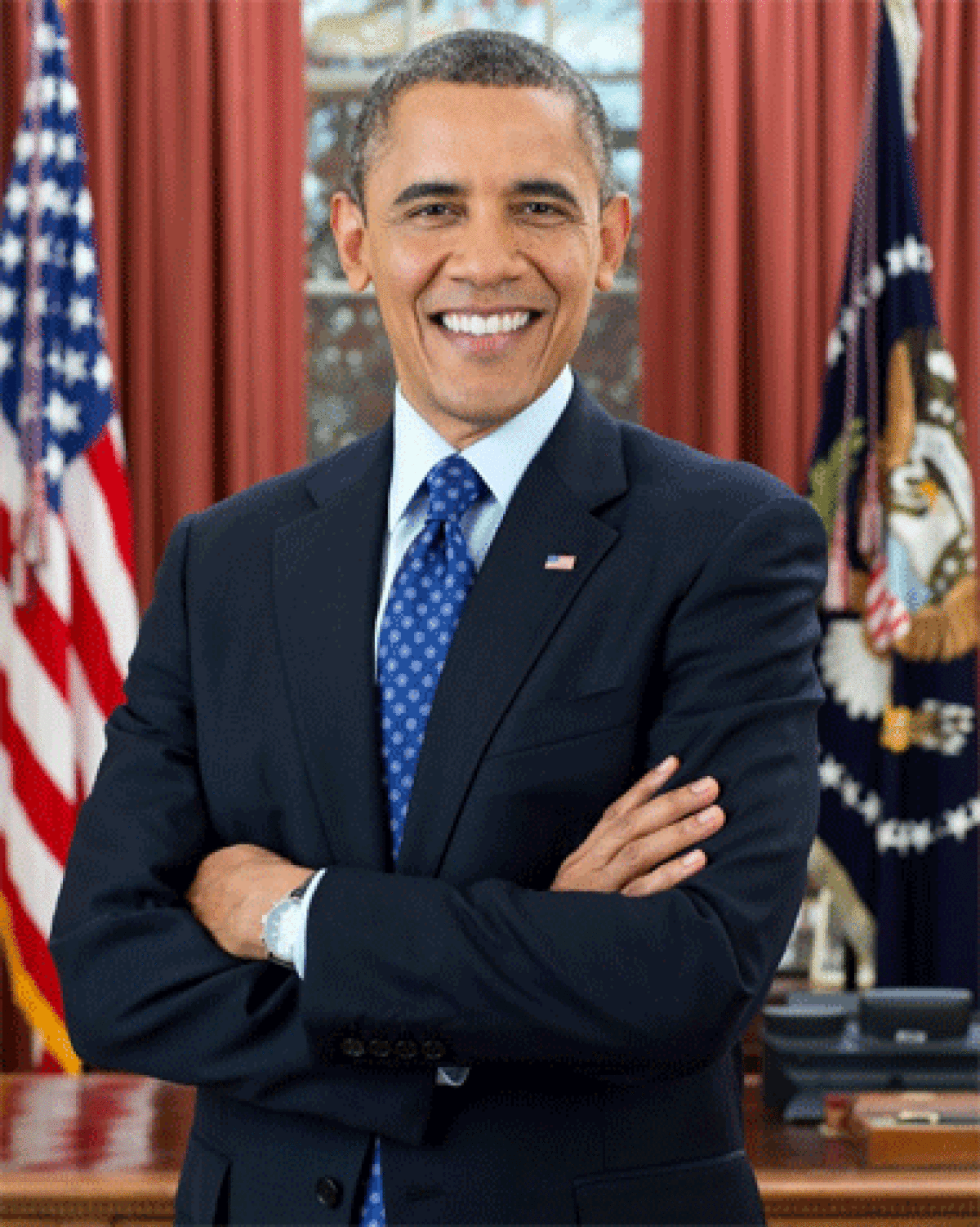McManus: Obama, Version 2.0

Four years ago, on a bright, cold Jan. 20, Barack Obama took his first oath of office as president and proclaimed a new post-partisan era. “The stale political arguments that have consumed us for so long no longer apply,” the Obama of 2009 said.
The second four years of a two-term president’s tenure are always different from the first, but it’s hard to overstate how different Obama’s second term feels, even before his inauguration. He has most of the same goals and many of the same aides, but in strategy and style, the change is dramatic.
Obama learned at least three important lessons from his difficult first term, and they have reshaped his approach to the office.
Lesson one: Confrontation sometimes works better than conciliation.
At the start of his presidency, Obama hoped to be a bridge builder. But over the last two months, he’s been more of a bridge burner.
He’s told Republicans in Congress that he flatly refuses to negotiate over the debt ceiling, and warned that if a showdown over the issue damages the economy, it will be on their heads.
He’s dared them, as well, to shut down the federal government. “That’s their prerogative,” he said last week.
He’s excoriated House conservatives in unfair, exaggerated terms as opponents of Social Security and Medicare. He’s advocated new gun control legislation that he knew Republicans would oppose. And he’s ignored GOP opposition to his nominees for secretary of Defense and Treasury.
The new, combative strategy is in part the product of a theory Obama and his aides have enunciated several times: that to get anything done in Washington this year, they first need to (in their words) “break the fever” in the GOP and convince Republicans that refusal to compromise will lead them to political ruin.
“We’ve got to break the habit of negotiating through crisis over and over again,” Obama said last week. “And now’s as good a time as any.”
Lesson two: Obama’s a great campaigner but not always a great negotiator, so use him as Mr. Outside, not Mr. Inside.
The polite version of this lesson is that, from now on, the president will spend more time enlisting ordinary voters in his battles — over the debt ceiling, gun control and everything else.
“You need to involve the American people in the discussion,” his chief campaign strategist, David Axelrod, said last year. “It can’t just be an inside game.”
But it’s also a reflection of an unwelcome discovery. When Obama tried to negotiate a grand bargain with House Speaker John A. Boehner (R-Ohio) in 2011, not only did the talks collapse, the failure dropped the president’s popularity to the lowest point of his tenure.
From now on, negotiations with Republicans in Congress are more likely to be handled by Vice President Joe Biden — Mr. Inside, if you will — while Obama rallies public pressure on the outside.
That’s why last week’s announcement that Obama is turning his presidential campaign into a permanent network called Organizing for Action was important. The new group could give the president a mechanism for mobilizing supporters behind his priorities during the second term. A similar attempt didn’t work in the first term, largely because the major legislation Obama sought then — an economic stimulus bill, a healthcare law and Wall Street reform — had to be negotiated through the “inside game” among interest groups.
Lesson three: Don’t get over-ambitious.
In 2009, Obama began his first term with a huge electoral mandate and Democratic majorities in both houses of Congress. He also faced an economic crisis that demanded action. Following the advice of his chief of staff, Rahm Emanuel — that a crisis shouldn’t be wasted — the new president aimed high with an agenda that included not only a $787-billion economic stimulus package but also healthcare and financial reform, and new legislation on immigration, education and climate change.
The last part of that to-do list stalled after Republicans won a majority in the House and vowed not merely to block any new Obama initiatives but to reverse what had already been passed.
This time, the president has trimmed his expectations.
“I don’t presume that because I won an election, that everybody suddenly agrees with me on everything,” he said in November. “I’m more than familiar with all the literature about presidential overreach in second terms.” He has said he will pursue deficit reduction, tax reform, infrastructure spending, immigration reform and gun control. But it’s not yet clear how much new legislation he can get through the GOP-held House.
Listen closely to Obama’s inaugural address. He’ll speak about soaring hopes and national unity, as he did four years ago; it’s still an inaugural address, after all.
But this time there will be some steely notes as well, reminders to his opponents that he won the presidential election and that the voters were sending Washington a message.
The Obama who takes his second oath of office on Sunday is the same man he was four years ago, but he’s a very different politician.
Follow Doyle McManus on Twitter @DoyleMcManus
More to Read
Start your day right
Sign up for Essential California for news, features and recommendations from the L.A. Times and beyond in your inbox six days a week.
You may occasionally receive promotional content from the Los Angeles Times.







